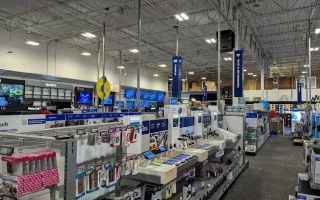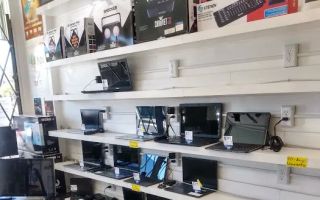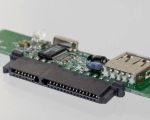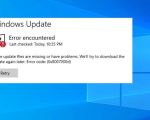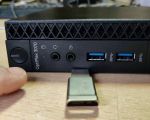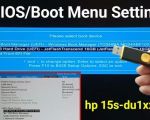How to Repair Your Computer Monitor: A Step-by-Step Guide
- 1. Common Computer Monitor Issues
- 2. Troubleshooting Your Monitor
- 3. Simple Fixes You Can Try
- 4. When to Call a Professional
- 5. Recommended Tools for Monitor Repair
- 6. Professional Repair Services
1. Common Computer Monitor Issues
When your computer monitor stops working, it can be frustrating. However, understanding the most common issues can help you troubleshoot and fix the problem faster. Some of the most common monitor problems include:
- Blank screen or no display
- Flickering or distorted image
- Color problems, such as washed-out or incorrect colors
- Ghosting or image retention
- Power issues, such as monitor not turning on
Understanding these common problems is the first step in fixing your computer monitor.
2. Troubleshooting Your Monitor
Before you jump into repairs, it's essential to perform basic troubleshooting to identify the source of the issue. Here are some troubleshooting steps:
- Check the power connection: Ensure the monitor is properly plugged into a power source, and check for any loose connections.
- Inspect the cables: A faulty cable can cause display problems. Try replacing the VGA, HDMI, or DisplayPort cable with a working one.
- Test with another device: Connect your monitor to a different computer or laptop to see if the issue lies with the monitor or your computer.
- Adjust display settings: Make sure the resolution and refresh rate settings are compatible with your monitor.
By following these steps, you can eliminate some of the most common causes of monitor issues without needing to open up the device.
3. Simple Fixes You Can Try
In many cases, a simple fix can resolve the issue with your monitor. Here are some steps you can try before considering more complex repairs:
- Reboot your computer: Sometimes, a simple reboot can fix minor display problems caused by software glitches.
- Update your graphics drivers: Outdated drivers can cause display issues. Ensure your graphics card drivers are up to date by visiting the manufacturer's website.
- Perform a hard reset: Unplug the monitor, wait for 10-15 minutes, and plug it back in. This can reset the monitor and fix certain problems.
- Adjust brightness and contrast: Incorrect brightness or contrast settings can make the screen look distorted or blurry. Use the monitor’s on-screen display (OSD) settings to adjust them.
If none of these steps resolve the issue, it might be time to explore deeper repairs or call in a professional.
4. When to Call a Professional
While many monitor issues can be fixed at home, some problems are more complex and require the expertise of a professional. Consider calling a professional if:
- The monitor has severe hardware damage (e.g., screen cracks, broken internal components).
- You have tried all troubleshooting steps but the issue persists.
- The monitor is under warranty and you want to avoid voiding it with DIY repairs.
Professional repair services can help diagnose and fix complex problems, such as faulty power supplies, damaged screen components, or issues with internal circuits.
5. Recommended Tools for Monitor Repair
If you're comfortable performing basic repairs on your monitor, having the right tools can make the job easier and more effective. Here are some tools you might need:
- Screwdrivers: A set of precision screwdrivers will be needed to open up your monitor and access internal components.
- Multimeter: A multimeter can help you check for electrical issues, such as power supply problems.
- Compressed air: Use compressed air to clean out dust and debris from your monitor, which can interfere with its performance.
- Replacement cables: Have spare VGA, HDMI, or DisplayPort cables available in case you need to swap them out.
These tools can be found at most electronics stores or online. Having them on hand will allow you to perform repairs with confidence.
6. Professional Repair Services
If you are unable to fix the monitor yourself or if you prefer expert help, professional repair services are a great option. Many local and online repair shops offer diagnostic and repair services for all types of monitors.
For example, services like Computer Repair offer quick and reliable repair options for various monitor issues. Whether it's a power issue, screen malfunction, or internal damage, professional technicians can get your monitor back to working condition.
If you're interested in learning more or scheduling a repair, click here to explore the services and get your monitor fixed today!




